After the war the railway was in very poor condition and needed heavy reconstruction prior to use by the Royal Thai Railway system. At the behest of the Thai Government, immediately after the war, Japanese POWs were used to de-construct the railway near the Thai Border; thus severing the connection to Burma.
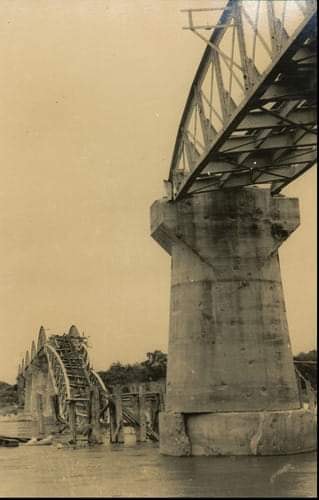
As part of war reparations, the Japanese repaired the iron bridge. Due to complaints that the concrete pillars were too close together and obstructed river traffic — particularly the movement of logs — the 3 damaged spans were replaced with two longer spans and 1 pillar. They were also made as squared spans rather than match the original semi-circular iron portion. This gives the Bridge the distinctive appearance it had today.
By 24 JUN 1949, the portion from Kanchanaburi to Nong Pladuk was rehabilitated. Finally, in JUL 1958 the rail line was completed to Nam Tok, the portion in use today (2021) measures some 130 km (81 mi). The line was abandoned beyond Nam Tok / Sai Yok Noi. The steel rails were salvaged for reuse in expanding the Bangsue railway yard, reinforcing the BKK-Banphachi double track, rehabilitating the track from Thung Song to Trang, and constructing both the Nong Pladuk-Suphanburi and Ban Thung Pho-Khirirat Nikhom branch lines. Parts of abandoned route have been converted into a walking trail in the Hellfire Pass area.
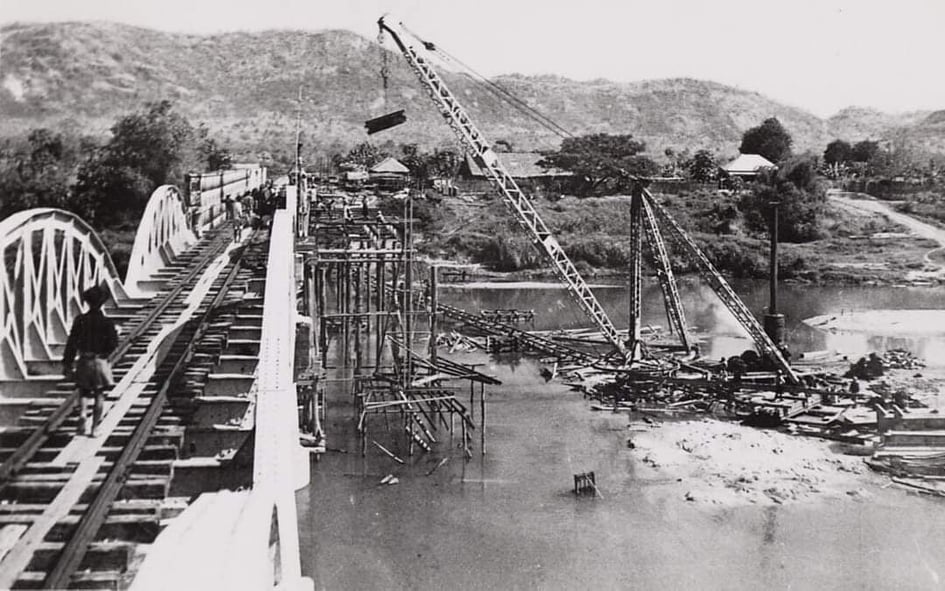
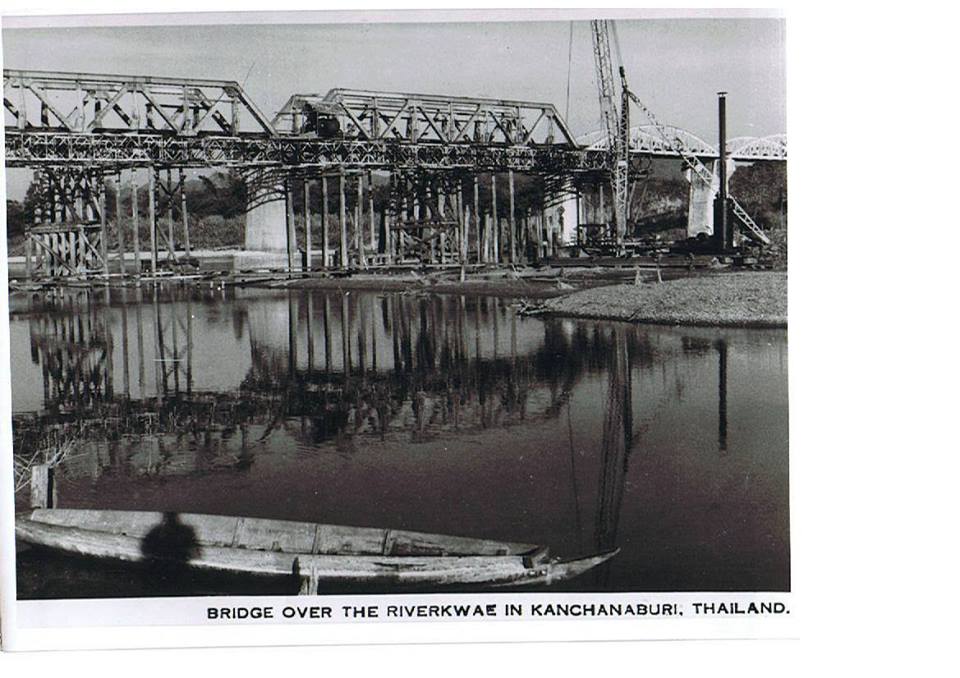
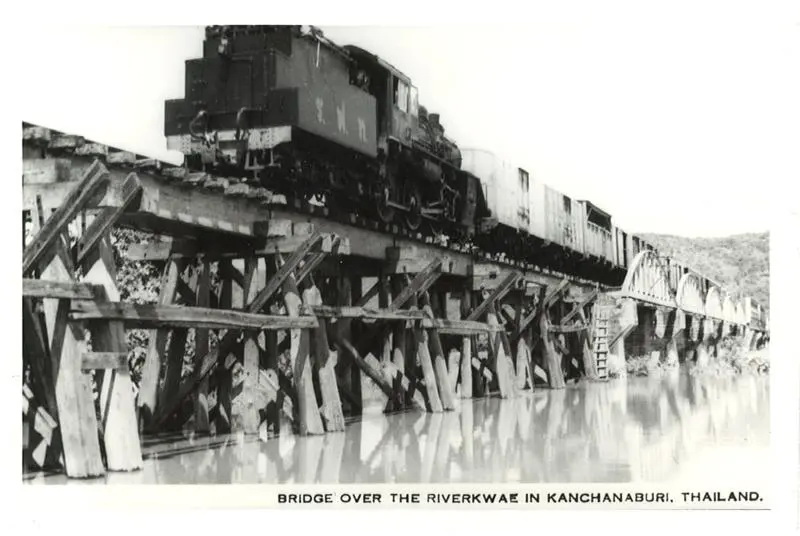
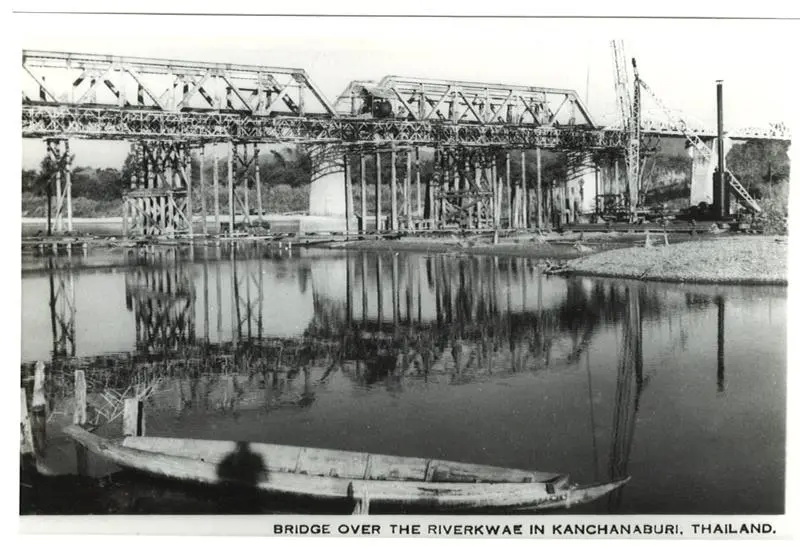
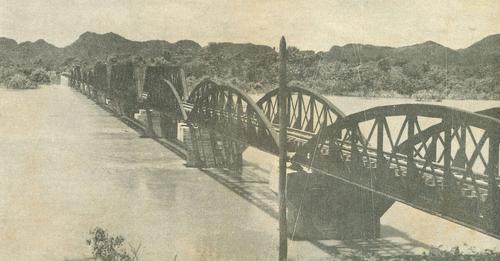
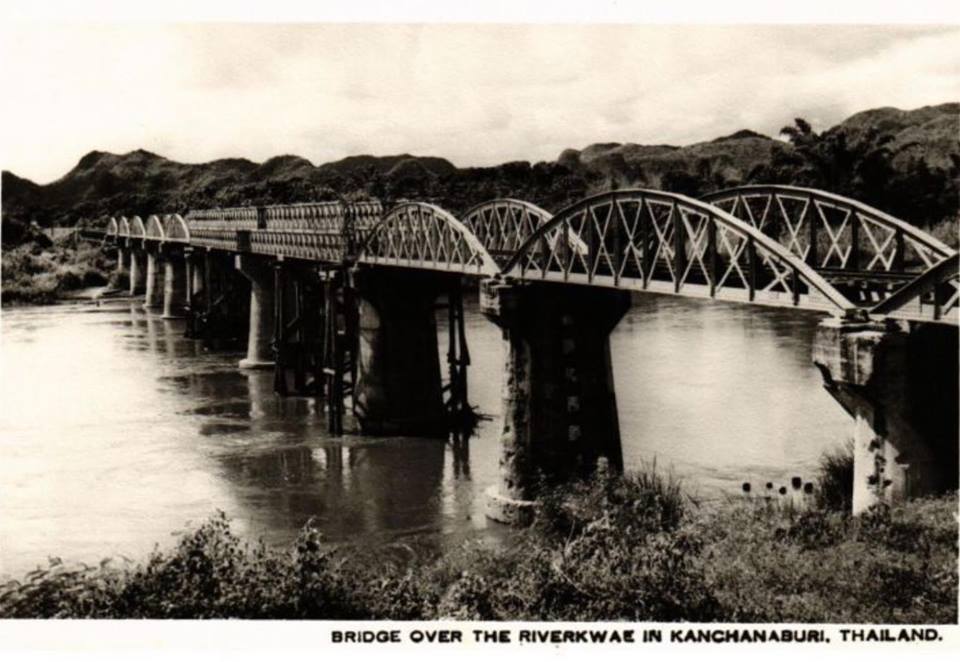
Since the 1990s various proposals have been made to rebuild the complete railway, but these plans have not yet come to fruition. Since a large part of the original railway line is now submerged by the Vajiralongkorn Dam, and the surrounding terrain is mountainous, it would take extensive tunneling to reconnect Thailand with Burma by rail.
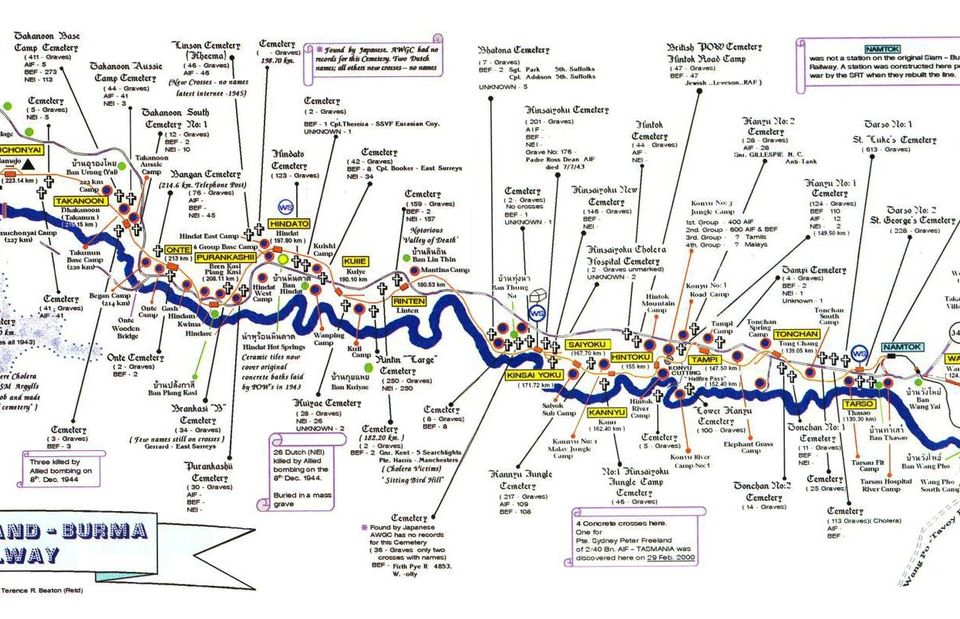
In his article in Economic Geography (APR 1947), Charles A. Fisher offers the opinion that the TBR as is was constructed, offers little in the way of economic viability. He speculates that the BKK to Rangoon connection would not be expected to provide enough demand for an economically viable railway. He notes the rather ‘shoddy’ construction of the trestles in the Hintock area as proof that a major rehabilitation of that area would be required before commercial use could be allowed. Having ridden the railway almost to the Burmese border, he comments on the sparseness of the population beyond the larger Kanchanaburi area (past WangPo) as a deterrent to intra-Thai usage. In more recent years, air travel would have even reduced the demand for transport from Bangkok to Rangoon. As far as other possible commercial uses, he speculates that the Wolfram mine near Tha Khanun and other sources of natural materials would be needed to sustain the economic viability of such a railway.
Today (2021), the railway from Nong Pladuk to Nam Tok (Sai Yok / Hintok) is primarily funded by tourists seeking a look at the “Bridge on the River Kwai”. There has yet to develop a viable commercial (cargo) usage of this line. Although there does exist a small cargo transfer point for off-loading containers onto trucks for the greater Kanchanaburi area. The status of the Wolfram mine is unknown.
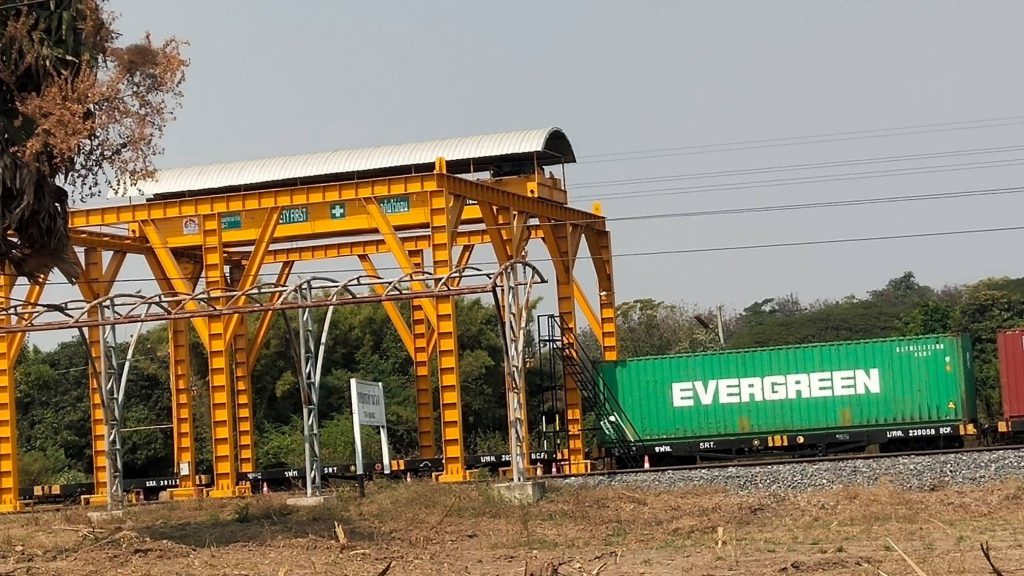
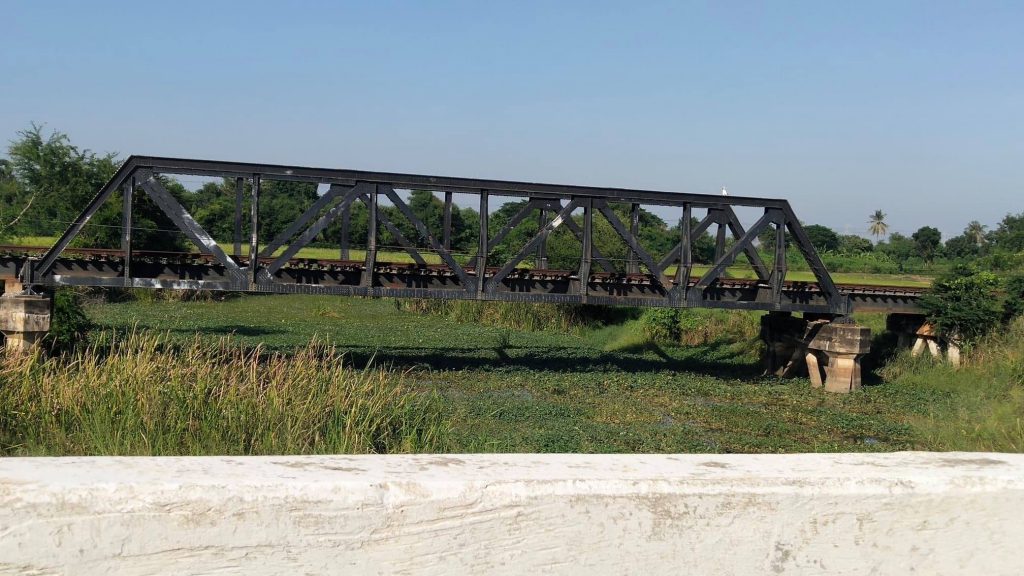
Also see Section 17j for a gallery of the Rolling stock employed on the TBR.
